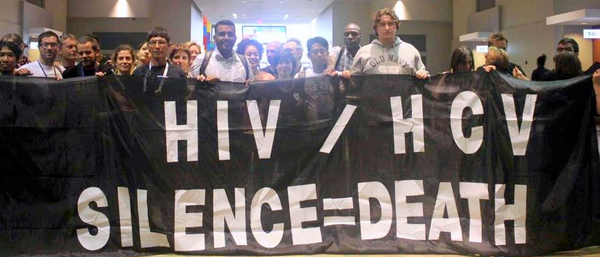HIV and HCV among people who inject drugs in Central Asia
Over the last decade, Central Asia has become a focal point of HIV and hepatitis C virus (HCV) transmission among people who inject drugs (PWID). PWID account for the majority of HIV infections in most countries in the region, while a large proportion have been exposed to HCV. Shared modes of transmission of these infections point to an increasing burden of HIV/HCV co-infection in this population. HIV/HCV co-infection is more likely to result in progressive liver disease, increased mortality and hepatic complications from antiretroviral therapy (ART).
While the HIV treatment response has improved, less than a quarter of people living with HIV (PLHIV) in the region are receiving ART, with treatment uptake among PWID particularly low. HCV treatment is available in some areas, though at a very high cost to patients thereby preventing access to those at most need.
Click here to read the full article.
Keep up-to-date with drug policy developments by subscribing to the IDPC Monthly Alert.
